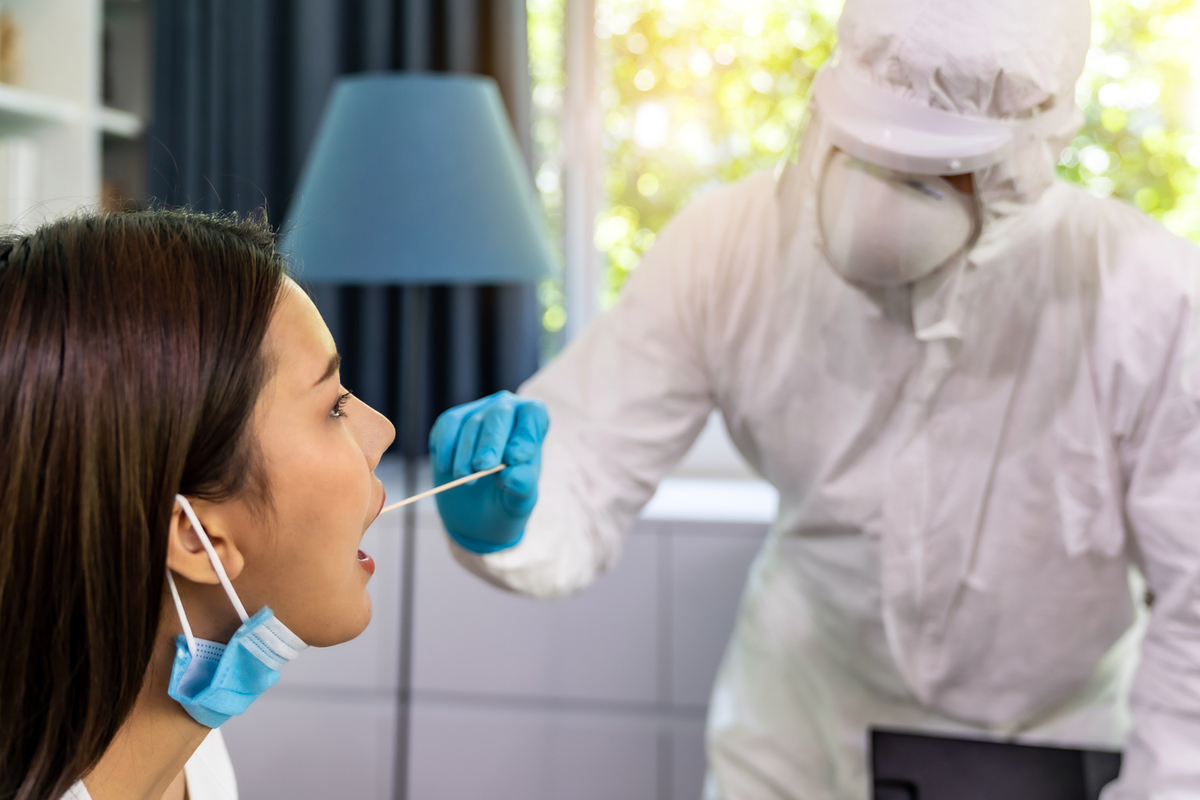Since the COVID-19 pandemic started over a year ago, scientists all around the world have been doing their best to fight it, and defeat the virus as soon as possible. To successfully contain a virus, we need to know everything about it — the biology of the virus, how it spreads, how durable it is on different surfaces, how susceptible it is to different chemicals, and how to diagnose it.

The fact that COVID presents itself in a myriad of forms, with diverse symptoms, has not made this task any easier. While in some cases, the disease takes a pretty mild form (as happened to me), in other cases it can rapidly deteriorate a patient’s health, and can even lead to death in the matter of days (as happened to my high school friend, who, sadly, passed away10 days after being infected. He was 32, had no history of medical conditions, and was an active rower). In some cases, people get better in a few weeks, while in others, the symptoms persist for months in so-called “long COVID” cases. So, how can a person know if they’re still infected with COVID?
What's the difference between PCR testing and antibody testing?
The main difference is what you’re testing for. PCR testing allows us to find the RNA of the virus in the sample, which is basically proof that the virus is present in the sample. On the other hand, the presence of antibodies tells us whether a person’s immune system encountered the virus.
Antibody production works like this: a foreign object, be it a virus, a bacteria, parasite, or a toxin, enters our body. Our white blood cells recognize it as something foreign, something that does not belong in our body and might do us harm. So, those white blood cells tell the other type of white blood cells what that foreign object looks like.
Those other white blood cells remember the pattern of proteins on the foreign object and start producing proteins (antibodies), which then bind to said foreign proteins, like jigsaw pieces. Which is to say: each foreign object (antigen) stimulates the production of a unique antibody. And the white blood cells that produce antibodies can remember that foreign protein pattern for a long time. This basically means that, if we determine that certain antibodies are present, our body has, at some point, encountered the virus in question. There are different types of antibodies, and determining the presence of each type can tell us whether we got sick a few days ago, or a few weeks ago.
On the other hand, while PCR is definitely more precise, the results also depend on the sample. For instance, nasopharingeal swabs have higher rates of positive results than throat swabs. Bronchoalveolar lavage has the highest percentage of positive results, but is also the most complicated method of obtaining the sample.
Why are the samples different?
Again, depending on what you’re testing for, you’re gonna search for it in different tissues. Antibodies circulate in the blood, so we have the highest chance of finding them there. On the other hand, COVID lives in the lungs, and is present in the blood only for a short period of time. This means, though it is potentially possible to find the virus in the blood, using a PCR technique, a negative result wouldn’t mean that no infection is present. The best sample for PCR testing comes from the tissue affected — the lungs.
How can I know if I’m still infected with COVID?
The best way to find out if you’re still infected with COVID is by PCR testing. As said, PCR testing determines the presence of the virus. The presence of antibodies can only tell us if our immune system encountered, and recognized, the viral antigen some time in the past.
What is T-cell testing?
T-cells are a type of white blood cell that remember the shape of the virus. They are also called memory cells. By determining the presence of COVID 19-specific T-cells, we can find out if the person has developed long-term immunity against this infection or not. Memory cells live long, and, in the case the virus enters the body again, they will rapidly start a cascade, and consequentially, anti-COVID antibodies will be produced, which, in turn, means that our body will be protected from getting infected again.
These results can show us if the person is susceptible to a new infection, or if a vaccine will work. If a person has developed the immunity against the virus, the antibodies will stop the vaccine from doing its job. As T-cells circulate in the blood, the sample for this test is whole blood.


Your thoughts on this